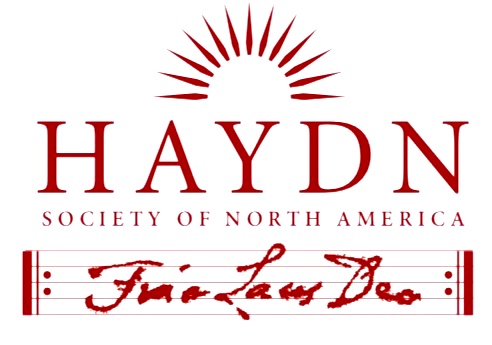
Document Type
Article
Abstract
Mater dolorum, a text by Heinrich Rademin (1674–1731), is a German-language oratorio intended for performance before a model of the Holy Sepulcher on Good Friday. Such works, amalgamating court sepolcro and popular traditions, were performed in churches throughout Central Europe during Holy Week. Mater dolorum, one of the most popular texts, was set by three of Haydn’s older contemporaries: Georg Reutter Jr. (1726), Gregor Werner (ca. 1733), and Georg Christoph Wagenseil (ca. 1739). In this essay, I consider how these settings, and the attitudes displayed in them, intersected with Haydn’s world and could have influenced him, especially in his own Passiontide music, the Stabat mater dolorosa (1767) and Die Sieben letzten Worte (1785). Points of resemblance include reminiscences of older musical practices, text painting, structural organization, and treatment of slow movements.
Recommended Citation
Page, Janet K.
(2024)
"Mater dolorum settings by Georg Reutter the Younger and Gregor Werner, as reflected in music by Joseph Haydn,"
HAYDN: Online Journal of the Haydn Society of North America: Vol. 14, Article 3.
Available at:
https://remix.berklee.edu/haydn-journal/vol14/iss1/3
Included in
Music Education Commons, Musicology Commons, Music Pedagogy Commons, Music Performance Commons, Music Practice Commons, Music Theory Commons
© Haydn Society of North America ; Boston: Berklee Library, 2024. Duplication without the express permission of the author and/or the Haydn Society of North America is prohibited.


